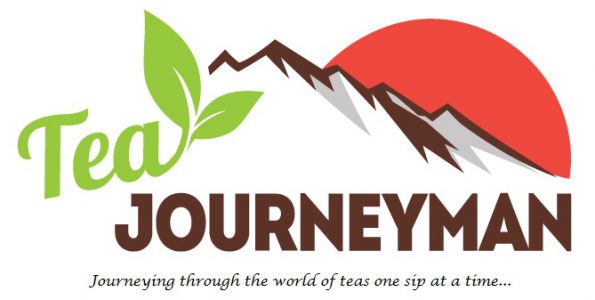Occasionally, I come across a sample that I pass over at first. Eventually, it comes back around, and I realize that I have not experienced such a type of tea in a really long time. That sample suddenly becomes much more interesting, and the choice of what was getting the review today became easy (for once).
In fact, as it appears, I have never actually reviewed a Baozhong (or pouchong) style oolong tea from Taiwan, where the original and best Baozhongs come from. I have tried green and black varieties from Indonesia, but none from Taiwan. Thinking further, I believe the only time I have had a Taiwanese pouchong tea was when I was studying with either World Tea Academy or International Tea Masters Association, and a basic sample was included with the study materials. That is most unfortunate, but thankfully, that run ends today.
Today, I will be reviewing the Wenshan Baozhong (Pouchong) Oolong Tea from Fong Mong Tea. You can purchase 300 grams of this tea for USD $34.99 from Fong Mong Tea.
Generally speaking, the best pouchong teas are grown in the Pinglin District, Taipei County, Taiwan. You can see the general location of the Pinglin District in the Google map below.
Wenshan Baozhong teas are lightly oxidized, usually between 6% and 12%, putting it on the green side of the oolong scale. In fact, the Taiwanese classify Baozhong tea in its own category altogether. Another characteristic of Baozhong tea that differentiates it from other oolong teas produced in Taiwan is the lightly rolled, twisted appearance of the leaves, compared to the dense, tightly compacted ball shape of most other styles of Taiwanese oolongs.
The leaves are harvested from Qing Xin cultivar bushes at an average elevation of 500 meters (1,640 feet) above sea level. These bushes can be harvested in all four seasons of the year.
Let’s get to the review…

The dry leaves have a fairly uniform color of pale forest green to pale dark forest green. The leaves consist of mostly detached (individual), whole leaves. There are a few small stems in the mix which have very little leaf attached. There are no buds or tips. The leaves are lightly rolled, giving them a relatively fluffy appearance. The color of the leaves indicates a low oxidation level. There are no signs of roasting. The aroma is incredible and pronounced, with dominant scents of Chinese cinnamon, honey, sweet butter, and dried apple. This is a very high quality and luxurious aroma.
Five grams of dry leaves were placed in an eight ounce (240 mL) bizen ware kyusu teapot, and infused with 185°F (85°C) water for 3:00 minutes. Infusion time was lowered to 2:30 on the second infusion, then 15 seconds of time were added to each subsequent infusion. In total, seven infusions were drawn from the leaves.

The first infusion has a green-gold-yellow color, perfectly clear and transparent. The later infusions took a more gold yellow color without any green. Again, the aroma is beautiful, with scents of Chinese cinnamon, honey, gardenia flowers, and apple. The body is medium, with a fresh, lively texture. There is no bitterness, and a very light astringency to the first infusion, which further dissipates in later infusions. The taste has pronounced notes of Chinese cinnamon, gardenia, apples, and honey, with maybe a light touch of sweet cream. The aftertaste carries the gardenia and apple notes, with a lingering, powerful, and noteworthy floral bouquet being left on the breath. Very impressive!

The infused leaves have a uniform fresh dark forest green color. Some of the leaves show slight reddening of the edges, some show no discoloring (oxidation) at all. The leaves are mostly individual, detached, whole leaves. There are some large leaf fragments, a few nearly bare small stems, and no tips or buds. Most of the leaves show some tearing or ripping from the rolling stage of production. The largest unbroken leaf measures in at 2 inches (50 mm) long. The leaves appear very fresh, and there is no much variance in the size. The aroma carries the attractive scents of gardenia, apple, and honey. I do not feel much of the cinnamon scent in the infused leaves.
I must say that I am very happy with my decision to focus on this Wenshan Baozhong Oolong Tea today. Luckily, I had the time to really focus and enjoy it as much as possible, because this tea deserves the drinkers full attention. This tea is highly impressive from dry leaf to the multiple infusions through the observation of the infused leaves. This tea has among the most pronounced scents and flavors of Chinese cinnamon and gardenia that I have experienced, and the scents and flavors of honey and apple beautifully compliment the cinnamon and gardenia. All seven infusions gave a very good quality of liquid, and I only wish I had more time to pull additional infusions out of these leaves. It was a true pleasure being reintroduced to the fantastic quality and character of Wenshan Baozhong Oolong Tea.
Many thanks to Fong Mong Tea for providing this sample! Cheers!
























































